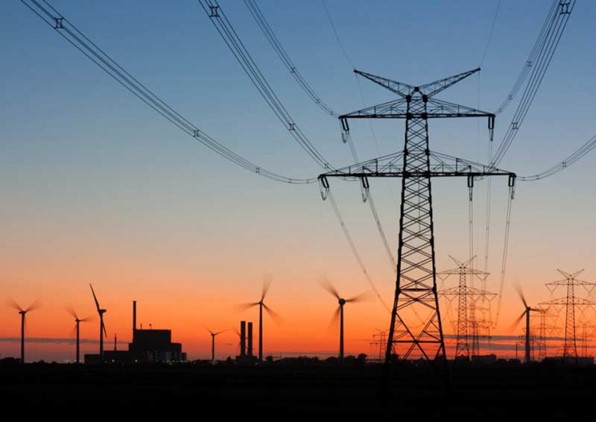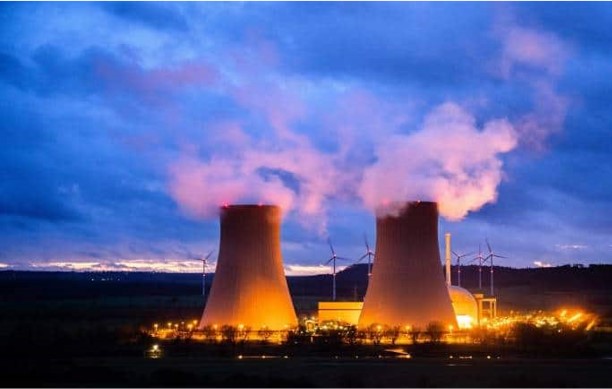Detecting Anomalies using an Energy Monitoring System
Home Detecting Anomalies using an Energy Monitoring System
Detecting Anomalies using an Energy Monitoring Solution
Energy monitoring solution (EMS) offer a detailed real-time and historical data, but extracting meaningful insights requires identifying and understanding anomalies in the system. These deviations from typical patterns can occur due to various inefficiencies.
1. Consumption Anomalies:
Sudden spikes or dips: Look for sharp increases or decreases in energy consumption compared to baselines. This could indicate equipment malfunction, or sudden load changes.
Unexplained trends: Monitor for gradual increases or decreases that deviate from expected seasonal or operational patterns. This could suggest inefficiencies, gradual equipment degradation, or changes in operator behavior.
Peak demand deviations: Identify discrepancies between expected and actual peak demand periods. This might indicate inefficient scheduling, unnecessary equipment use during peak hours, or potential grid stability concerns.
2. Equipment-Specific Anomalies:
High or low power factor: Deviations from an ideal power factor (unity) can indicate inefficient energy use within individual equipment, requiring corrective actions like power factor correction capacitors.
Increased current draw: This could point to overloaded equipment, inefficient operation, or potential component failures.
Abnormal vibration or temperature: These anomalies can signal impending equipment failure, allowing for preventive maintenance and avoiding downtime.
3. System-Level Anomalies:
Harmonic distortion: Excessive harmonics can lead to equipment damage, power quality issues, and potential grid instability.
Voltage fluctuations: Unstable voltage levels can impact equipment performance, shorten lifespans, and create safety hazards.
Grounding faults: Grounding faults can indicate potential safety risks and equipment malfunctions, requiring immediate attention.
4. Behavioral Anomalies:
Unoccupied periods with high consumption: This could suggest unnecessary equipment left running, plugged-in chargers, or phantom loads.
Increased consumption during non-operational hours: Investigate potential unauthorized activities, inefficient practices, or security breaches.
Remember: Not every anomaly signifies a critical issue. Some might be caused by external factors or temporary changes. However, consistent or recurring anomalies deserve immediate investigation and potential corrective actions.
Important notes:
Set appropriate data thresholds: Define limits for acceptable ranges based on historical data and equipment specifications.
Correlate data with external factors: Consider weather, production schedules, or occupancy patterns to understand their influence on anomalies.
Utilize data visualization tools: Use charts, graphs, and dashboards to identify patterns and anomalies easier.
Implement automated alerts: Set up notifications for critical anomalies to ensure timely intervention.
Invest in advanced analytics: Leverage machine learning to automate anomaly detection, predict future issues, and suggest proactive solutions.
By actively monitoring and analyzing anomalies, your energy monitoring system transforms into a powerful tool for optimizing energy use, preventing equipment failures, and achieving your sustainability goals. Remember, continuous vigilance and data-driven insights are key to unlocking the full potential of your EMS.
Recent Post

Tag Cloud
Scope of Energy Audit:
Identify areas of opportunity for energy saving and recommend the action plan to bring down total energy cost in the organisation.
Read MoreStay Updated!!!
Quick Links
Popular Links
Get In Touch
Bangalore, Karnataka
info@jouleye.com
99000 34002



